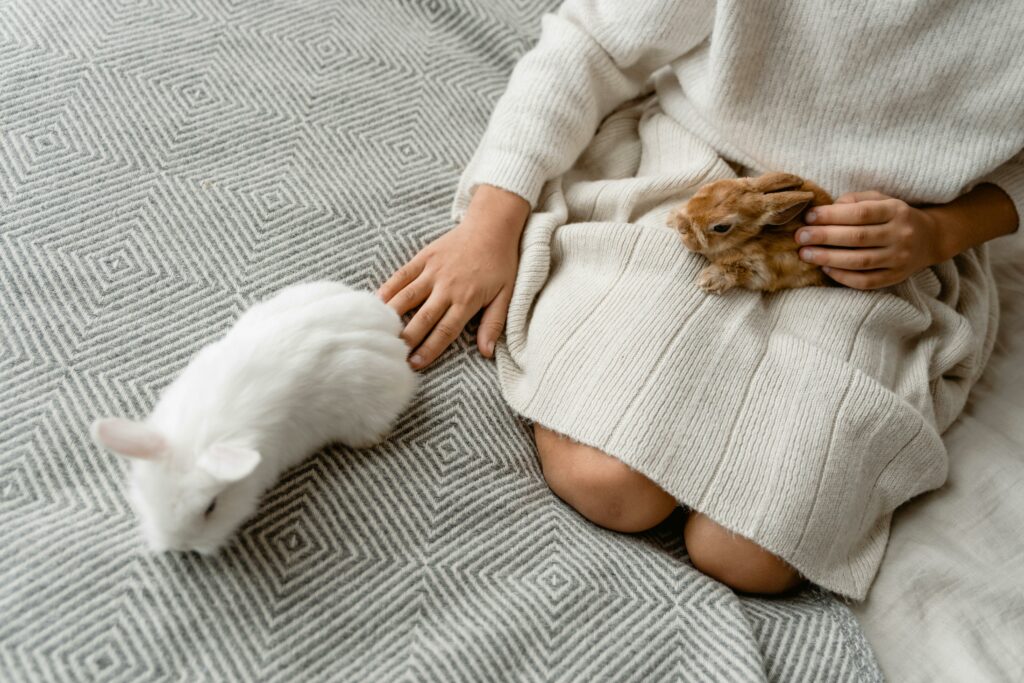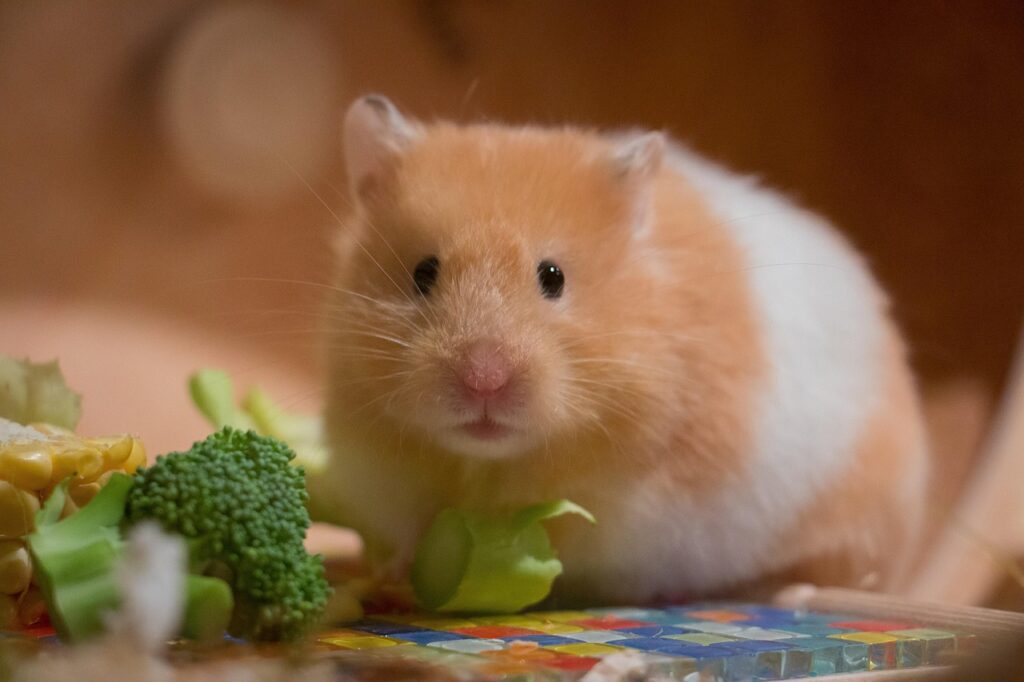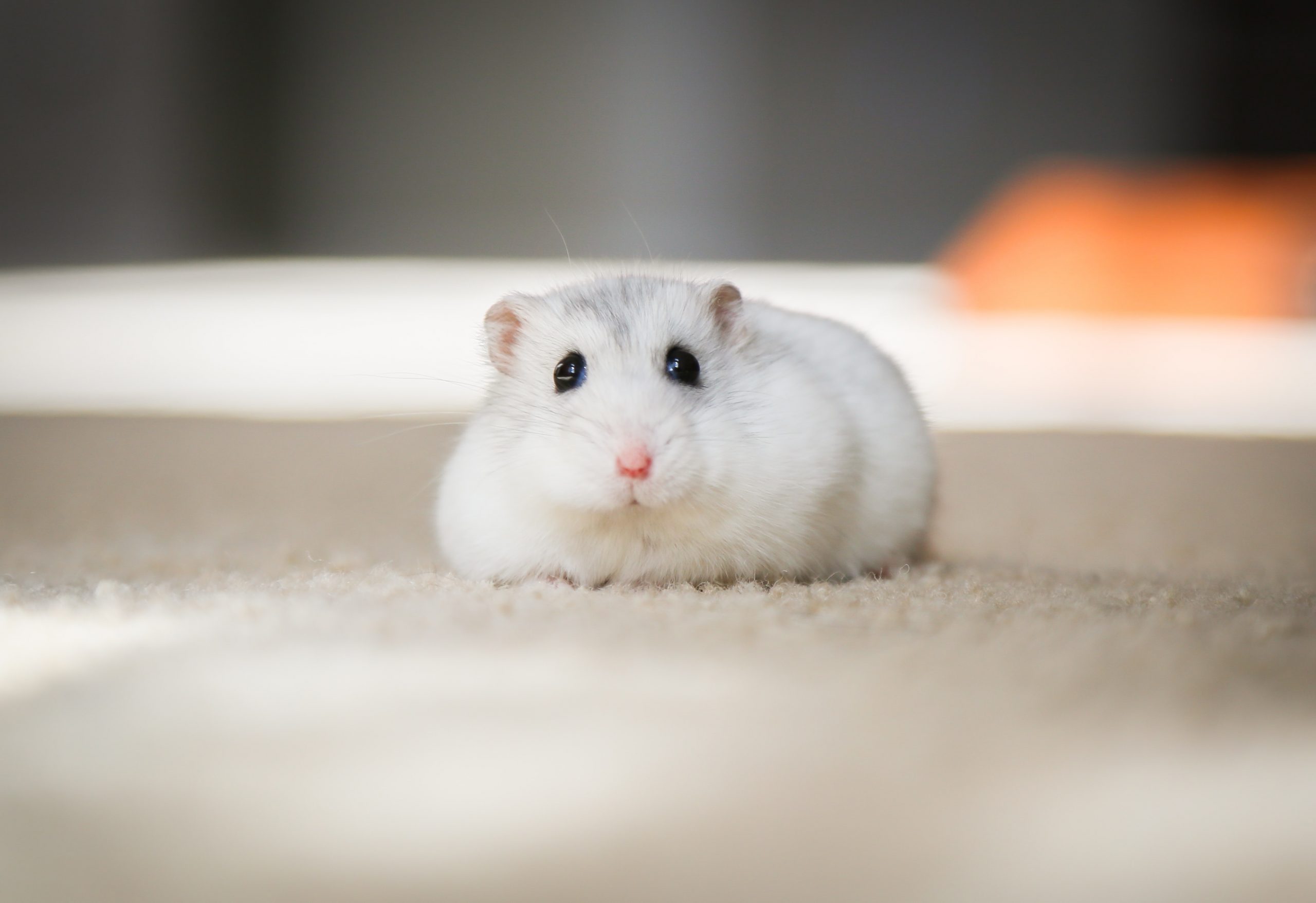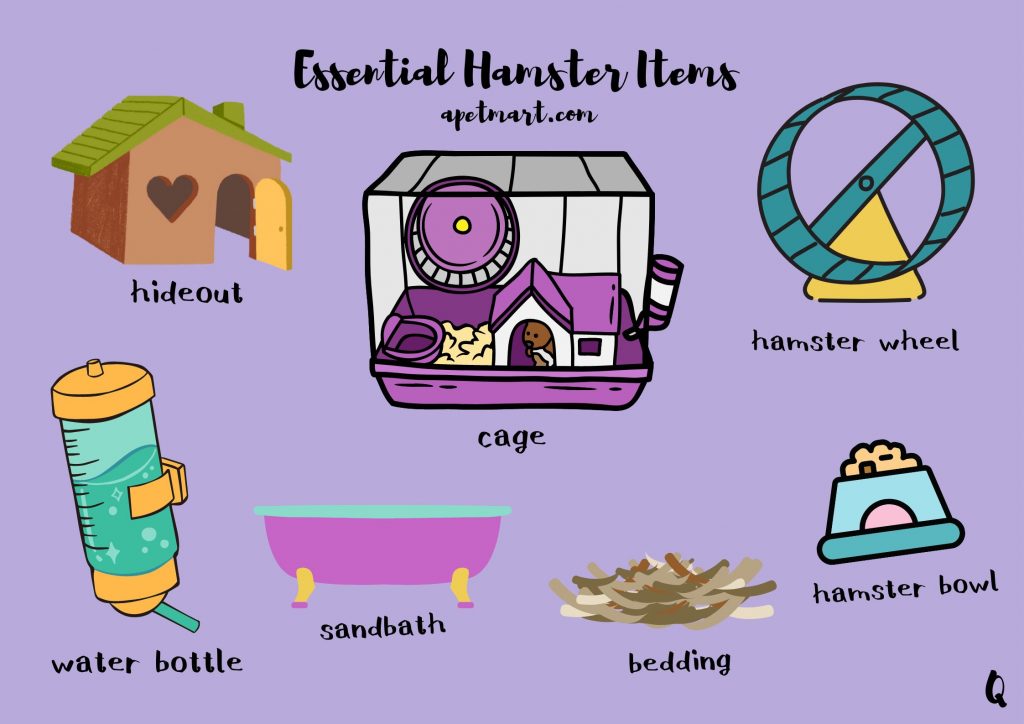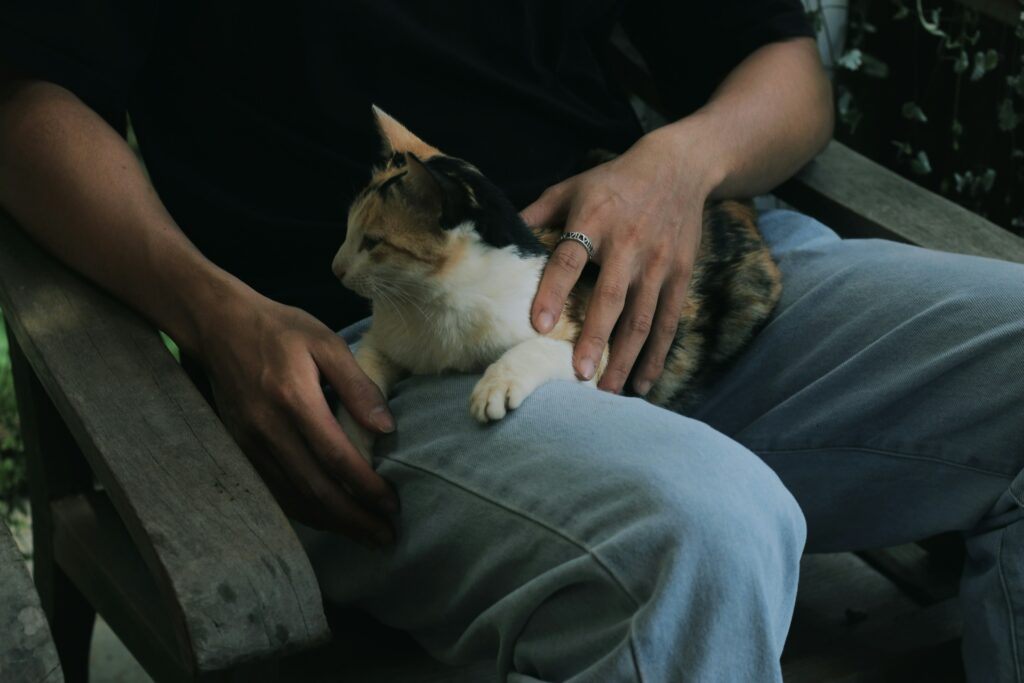
Bringing a newly adopted pet home is exciting, but preparation ensures a smooth transition. Set up a safe and welcoming environment to help your pet feel secure and adapt quickly. Whether you are adopting a cat, dog, or small animal, taking the right steps beforehand will help create a stress-free experience for both you and your pet.
Understanding the Adoption Process in Singapore
Before adoption, learn about the process. Organizations like SPCA, Action for Singapore Dogs (ASD), and Save Our Street Dogs (SOSD) require forms, interviews, and home visits. These steps ensure you can provide a stable home. Some organizations also have specific requirements, such as pet-proofing your home before adoption approval or committing to regular health check-ups. Knowing what to expect helps you prepare effectively and ensures you meet all necessary criteria.
Additionally, consider the pet’s background. Some adopted pets may come from difficult situations, requiring extra patience and care. Ask the shelter or rescue organization about the pet’s temperament, medical history, and any special needs they might have. Understanding their past will help you create a supportive environment tailored to their needs.
Gathering Essential Supplies
To help your pet settle in comfortably, you should gather all necessary supplies before bringing them home.
- Food and water bowls should be sturdy and non-slip to prevent spills
- Appropriate diet based on your pet’s age, size, and health needs
A soft and comfortable bed will provide a secure space for rest, while a properly fitted collar and leash will be essential for taking dogs on walks. For cat owners, a well-placed litter box in a quiet and accessible location will encourage proper usage. To keep your pet mentally and physically stimulated, toys should be provided, and grooming supplies such as brushes, shampoos, and nail clippers should be chosen according to your pet’s breed and coat type.

Pet-Proofing Your Home
Pet-proofing prevents accidents. Store chemicals, medications, and small objects out of reach. Many common household items, including certain cleaning products, can be toxic to pets. Secure electrical cords and trash bins to avoid hazards. Remove toxic houseplants. Some plants, like lilies, poinsettias, and aloe vera, can be harmful if ingested.
Ensure windows and balconies are secured, especially for cat owners. In high-rise apartments, the risk of a pet falling is significant. Installing mesh grilles or window screens can prevent accidents. Check for any small gaps where a pet might get stuck or escape and block them off.
Creating a Safe Space
Designate a quiet area where your pet can settle. Avoid high-traffic spots and place their bed, toys, and familiar scents nearby. A dedicated space gives your pet a sense of security and control over their environment.
Crate training can provide security for dogs. Some pets, particularly rescue animals, might feel overwhelmed by too much space. A crate or an enclosed area can give them a place to retreat when they feel stressed. Give them a specific space to reduce anxiety and encourage exploration at their own pace.

Establishing a Routine
Maintain a consistent schedule to help your pet adjust. Feed them at the same times daily and schedule regular walks or playtime. Routine bathroom breaks reinforce good habits. Predictability makes your newly adopted pet feel secure and aids in training.
For dogs, regular exercise helps prevent destructive behavior. If you work long hours, consider hiring a dog walker to maintain their routine. For cats, play sessions provide mental stimulation and mimic natural hunting behaviors. Establishing a bedtime routine also helps pets settle down and sleep better.
Introducing Family Members Gradually
Introduce your pet to family members slowly to prevent stress. Encourage calm, gentle interactions and allow your pet to approach on their terms. Some pets may be shy or fearful at first, so patience is key.
Supervise children to ensure they handle pets respectfully. Teach them to recognize signs of stress, such as growling, flattened ears, or excessive hiding. If you have other pets, introduce them gradually and under controlled conditions. Use scent swapping to help them get accustomed to each other before face-to-face meetings.
Preparing for Alone Time
Teach your pet to feel comfortable alone. Start with short departures and gradually extend them. Some pets, especially rescues, may have separation anxiety. Use interactive toys or treat puzzles to keep them engaged while you are away. Provide a cozy and familiar environment to ease their anxiety.
For dogs, practice leaving for short periods and gradually increase the duration. Avoid making departures dramatic to minimize stress. If your pet struggles with being alone, consult a professional trainer or behaviorist for guidance.

Scheduling a Veterinary Visit
Schedule a vet visit within the first week. Ensure vaccinations and health checks are up to date, and microchip your pet for identification. Singapore’s Agri-Food & Veterinary Authority (AVA) requires dogs to be microchipped and licensed. Your vet can advise on diet, behavior, and preventive care. Building a relationship with a trusted vet supports long-term health.
Discuss parasite prevention with your vet, as Singapore’s humid climate makes pets susceptible to fleas, ticks, and heartworm. Regular check-ups help catch health issues early, ensuring your pet stays in good condition.
Understanding Local Pet Regulations
Follow Singapore’s pet laws. Register your dog with AVS and check if your breed has restrictions. Some breeds require additional permits or must be muzzled in public. Review HDB or condo pet ownership rules before adopting.
Keep dogs leashed in public areas. Singapore enforces leash laws to ensure public safety. Failing to comply can result in fines. Understanding and adhering to these regulations ensures a smooth experience for you and your pet.
Being Patient and Observant
Give your pet time to adjust. Look for signs of stress or illness and use positive reinforcement for good behavior. Common stress indicators include loss of appetite, excessive hiding, or whining. If issues arise, consult a trainer or behaviorist for professional advice.
Socialization plays a crucial role in your pet’s well-being. Expose them to new experiences, sounds, and people at a comfortable pace. Patience and consistent training help pets feel at home and build trust.
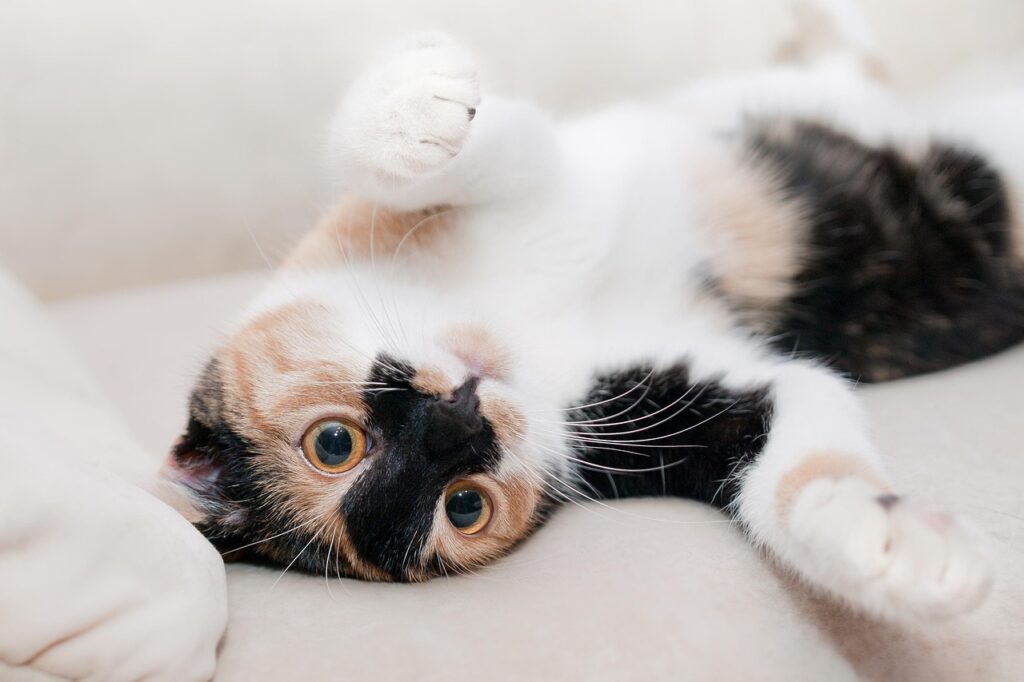
Conclusion
Prepare your home for a newly adopted pet in Singapore by gathering supplies, pet-proofing, and setting routines. Follow local regulations and schedule veterinary care for responsible ownership. With love and consistency, your pet will soon feel at home.
References
How to Set Up Your Home for a New Dog – https://www.mountpleasant.com.sg/education/set-up-home-new-dog/
Adoption – https://spca.org.sg/services/adoption/
Where to get a pet – Adopting a pet – https://www.nparks.gov.sg/avs/pets/owning-a-pet/getting-a-pet/where-to-get-a-pet

































